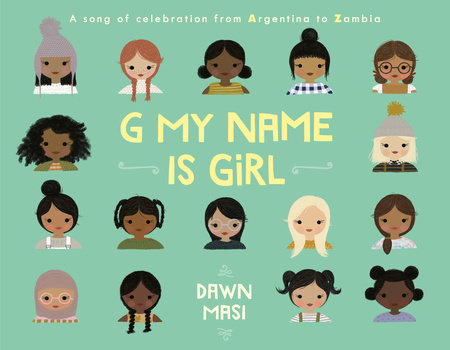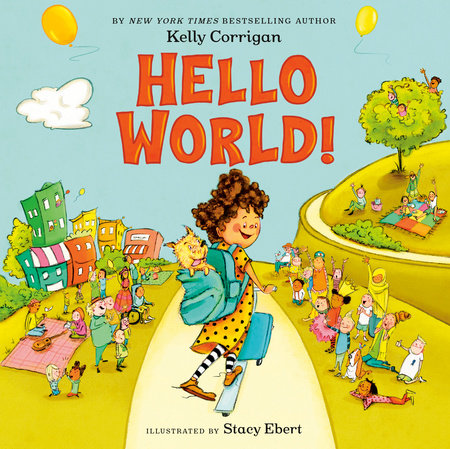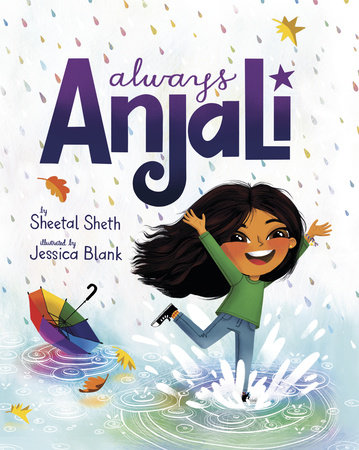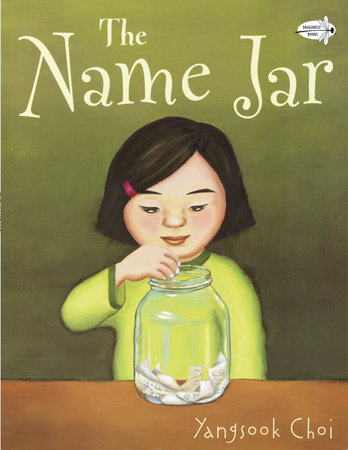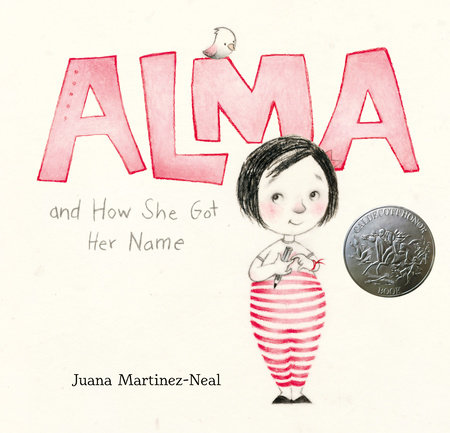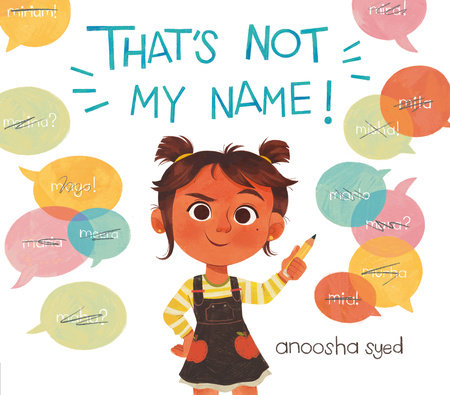6 Picture Books and Classroom Activities To Introduce the Importance of Names
by Lindsay Barrett
What’s in a name? Well, a lot! Many teachers start the school year with a focus on students’ names, and for good reason. A young child’s name is often the first word he or she learns to recognize in print. Teachers of younger students can use names to introduce or review important concepts about print, the alphabet, and phonological awareness. Helping students learn about one other’s names encourages a collective sense of belonging and supports relationship-building. Talking about names can invite conversation about children’s cultural backgrounds and family stories. Of course, names are important for many book characters, too!
Check out six of our favorite name-themed stories, along with ideas for using them in the classroom:
-
G My Name Is Girl
Available from:Primary teachers write out the names in their class in alphabetical order many times over on lists, sets of name tags, and labels. From A to Z, this beautifully inclusive picture book names girls from 26 different countries, demonstrating how diverse the world is with a joyous look at what unites us all. Pair it with the companion story, B My name Is Boy.
Activity: After reading and discussing the book, review some of the names in the story with a focus on rhyme and alliteration. Then ask the students to come up with alliterative or rhyming poems of their own names, encouraging them to reflect on and celebrate their unique qualities.
Also available from: -
Hello World!
Available from:We meet new people every day, and the relationships we create are what make life meaningful. This gorgeous picture book celebrates those relationships and shows children that they can get to know some fantastic people through curiosity and asking the right questions.
Activity: After reading, practice introductions. To encourage students to begin to recognize class names in writing, hold up a card with each student’s name to say who’s next.
Also available from: -
Always Anjali
Available from:Anjali is upset when she can’t find a personalized nameplate for her bike, but her mom helps her to see how wonderful her name is by sharing it’s meaning and connection to her Indian heritage.
Activity: Help students to research the origin and meaning of their own names. Then lead a reflective discussion on the importance of names in different cultures and societies.
Also available from: -
The Name Jar
Available from:Being new is never easy, but Unhei is especially self-conscious about how her Korean name sounds to her American classmates. Her curious classmates create a Name Jar of suggestions to help her choose an American name, but none of the new options seem to fit. Ultimately, with reassurance and acceptance of new friends, Unhei decides the best name is the one she already has.
Activity: Talk about how learning about each other’s names is an important part of getting to know one another. Create your own class “name jar” full of name-related questions and prompts. Draw from it periodically during the first few weeks of school.
Also available from: -
Alma and How She Got Her Name
Available from:Alma Sofia Esperanza Jose Pura Candela thinks her name is too long — until she finds out that each part of it has a unique story. Sofia was her book-loving grandmother. Esperanza was her great-grandmother who dreamed of traveling the world. Jose was her observant, artistic grandfather … and on it goes. Names can honor cultural backgrounds, ancestors, and parents’ memories, preferences, and hopes for the future.
Activity: Brainstorm a list of name-related interview questions as a class. Ask students to talk with family members about the stories behind their names and share their findings. Continue building classroom community by applying some of the same name-choosing principles to selecting just the right name for a class pet or imaginary mascot.
Also available from: -
That's Not My Name!
Available from:When Mirha's classmates mispronounce her name, she goes home wondering if she should find a new one. Then her mother helps her to feel pride in her name, encouraging her to simply says, "That's not my name" when people get it wrong and helping them to pronounce it.
Activity: Encourage students to share stories of times when their names were mispronounced or mistaken and how it made them feel. Use these discussions to foster a supportive and inclusive environment where students appreciate and honor the diversity of names and identities in the classroom.
Also available from:
Editor’s Note: This article was originally published in 2018 and updated in 2023.

